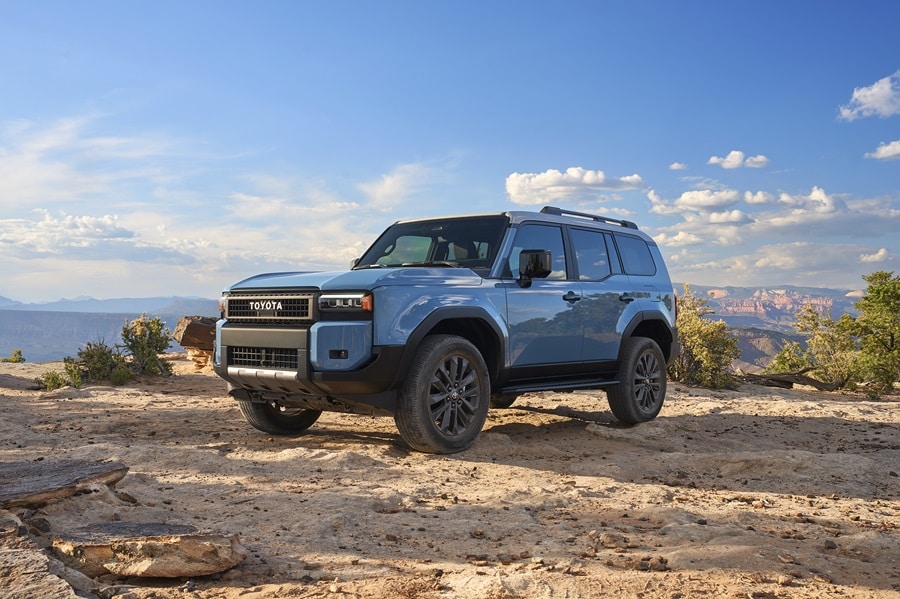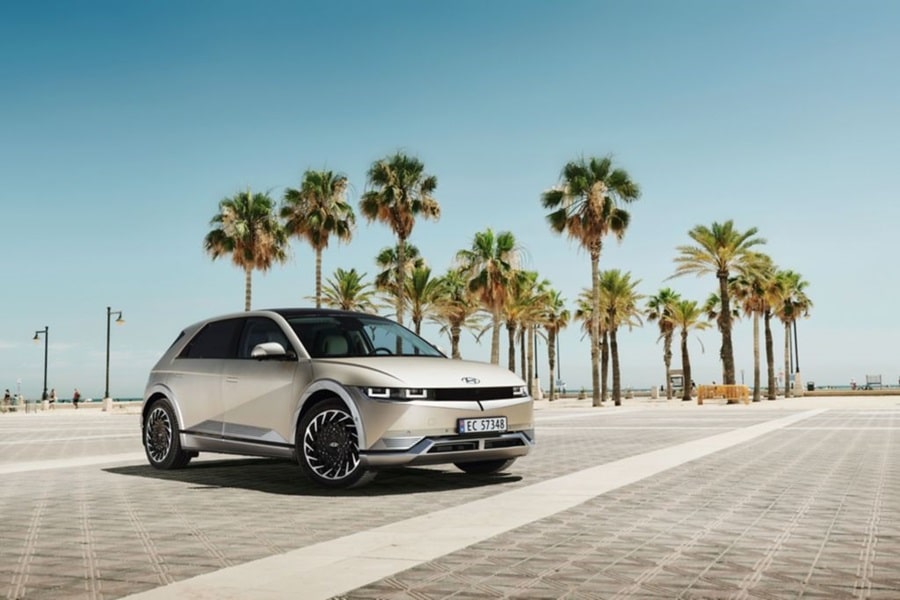As most people are aware, emerging technologies constantly change the world around you. Whether through artificial intelligence, robotics, or other forms of automation, the way you drive cars is also changing rapidly. And while some of these technologies are still relatively new, they will eventually become a part of the everyday driving experience. So if you want to look into the future of driving, here are six technologies you should be aware of!
Contents
The Drive Behind Automotive Innovation

Technological advancements, customer needs, and sheer competition drive automotive innovation. Emerging technologies such as electric vehicles, self-driving cars, and connected car services have created a new landscape of mobility and transportation. With the focus moving away from traditional prototypes of car design, automotive manufacturers recognize that they need to respond quickly to new trends or risk obsolescence.
At the same time, customer preferences and individual needs must also be considered to create products that appeal to a larger audience. Thus, responding rapidly to rising consumer expectations and compensating for economic shifts has become a challenge for automotive businesses looking to stay ahead in today’s ever-growing industry.
Technologies Changing The Way You Drive Cars
With all those factors in mind, the various forms of technology changing the way you drive cars can be seen as a source of optimism for the future. Below are just some of the technologies that are shaping the way we drive cars today:
Autonomous Driving

Autonomous driving enables cars to navigate streets without human input, meaning they no longer need drivers to control them when conditions are unfavorable or complex. As technology evolves, autonomous vehicles become increasingly competent and quickly become the norm on our roads. From automatic parking to collision avoidance and adaptive cruise control, advances in artificial intelligence technology have made driving more convenient than ever before.
This has not only improved safety on the road but also made traveling more efficient as cars complete tasks faster and with fewer mistakes than humans can. Autonomous driving is set to revolutionize how we use cars, quickly changing from a labor-intensive activity into a form of transportation that anyone can use comfortably and safely.
Device Connection

Both existing and emerging technologies have enabled a more connected driving experience in vehicles, making it easier for drivers to locate parking, plan more efficient routes, and unlock vehicle doors without needing a key. These device connection technologies also offer drivers added safety features, such as automated collision avoidance systems that can detect dangers on the road and alert the driver before an accident occurs.
Overall, these advancements not only make driving more enjoyable but also reduce the amount of time spent behind the wheel. For these reasons, device connection technology is quickly becoming a must-have for drivers today.
Vehicle-To-Vehicle Communication

Vehicle-to-vehicle communication technology is revolutionizing how people drive cars, enabling unprecedented levels of safety and convenience. Already, cars equipped with V2V have been able to use this tech to help other cars around them identify unexpected hazards early and be alerted when surrounding vehicles are about to make a turn.
In the future, this technology will only become more commonplace, allowing for the integration of IoT capabilities into your car’s behavior. With connected car agents responding to real-time environmental changes and reacting accordingly, driving could soon look entirely different from what it does now – safer roads, fewer collisions, and smoother automated driving journeys.
360-Degree Cameras

In recent years, car manufacturers have started incorporating 360-degree camera technology into vehicles to enhance safety features and improve the driving experience. This advanced technology gives drivers a more comprehensive view of their surroundings, making them aware of both potential dangers and beneficial opportunities with greater accuracy. 360-degree cameras offer a valuable perspective that traditional rear and side view mirrors do not provide.
For instance, this technology makes it possible for drivers to have an unobscured, accurate image of the car’s immediate vicinity that can be used to avoid traffic hazards or potential collisions. In addition, features such as parallel parking capabilities are enhanced due to these cameras’ clear visuals – drivers can now easily see how far they need to turn the steering wheel to park the vehicle’s front bumper correctly.
Biometrics

Biometric technology enables a revolutionary new means of driving cars, emphasizing safety and convenience. Thanks to sophisticated facial recognition software, car manufacturers can now identify drivers when they enter the vehicle and adjust their seats, music preferences, and even navigation routes accordingly. This greatly enhances the driving experience for users, ensuring that each journey is tailored to the driver’s specific desires.
Furthermore, this technology is already being used in some cars to detect signs of drowsiness or erratic changes in behavior by creating an alert if the driver’s biometric data deviates from what’s established as normal. This will help make roads safer for everyone who uses them while still allowing drivers the freedom to relax while behind the wheel.
Voice Command

Voice command technology is disrupting the way you drive a car. By allowing drivers to use their voice instead of their hands, voice command technology is making cars smarter and safer. Drivers can access navigation systems with simple commands, easily make phone calls or send messages without risking distraction, adjust the climate control system by speaking out loud, and even access a host of entertaining features such as playing music, watching movies, and more.
The technology emphasizes the safe operation of vehicles by reducing the need for manual inputs that could force a driver to take their eyes off the road. With so many exciting possibilities, it’s no wonder that voice command technology is changing the automotive world.
Augmented Reality (AR)

While less prevalent than some of the other tech on this list, Augmented reality (AR) is slowly making its way into the vehicles you drive. AR head-up displays (HUDs) allow drivers to see driving information and alerts, including navigation instructions and speed limits, projected onto their windshields. This allows for enhanced safety and convenience for the driver. As the industry continues to develop this technology, more features are being added that can improve visibility in adverse weather conditions and even alert drivers to pedestrians on the sidewalks or other vehicles in their blind spots.
As seen in some BMW and Audi models, AR can also help drivers by projecting an image of their desired route on the road. This provides a more intuitive navigation system that can be used even in locations with a poor internet connection or inadequate GPS coverage.
These Technologies Are Quickly Changing The Way You Drive Cars!
The future of transportation is here and is quickly changing how you drive cars! The automotive industry is undergoing a radical transformation, and the above technologies are just the tip of the iceberg. Self-driving cars, wireless charging, and even smart vehicle software are quickly becoming essential for drivers worldwide. These technological advancements come with increased safety benefits, improved convenience, and enhanced entertainment options while behind the wheel.


